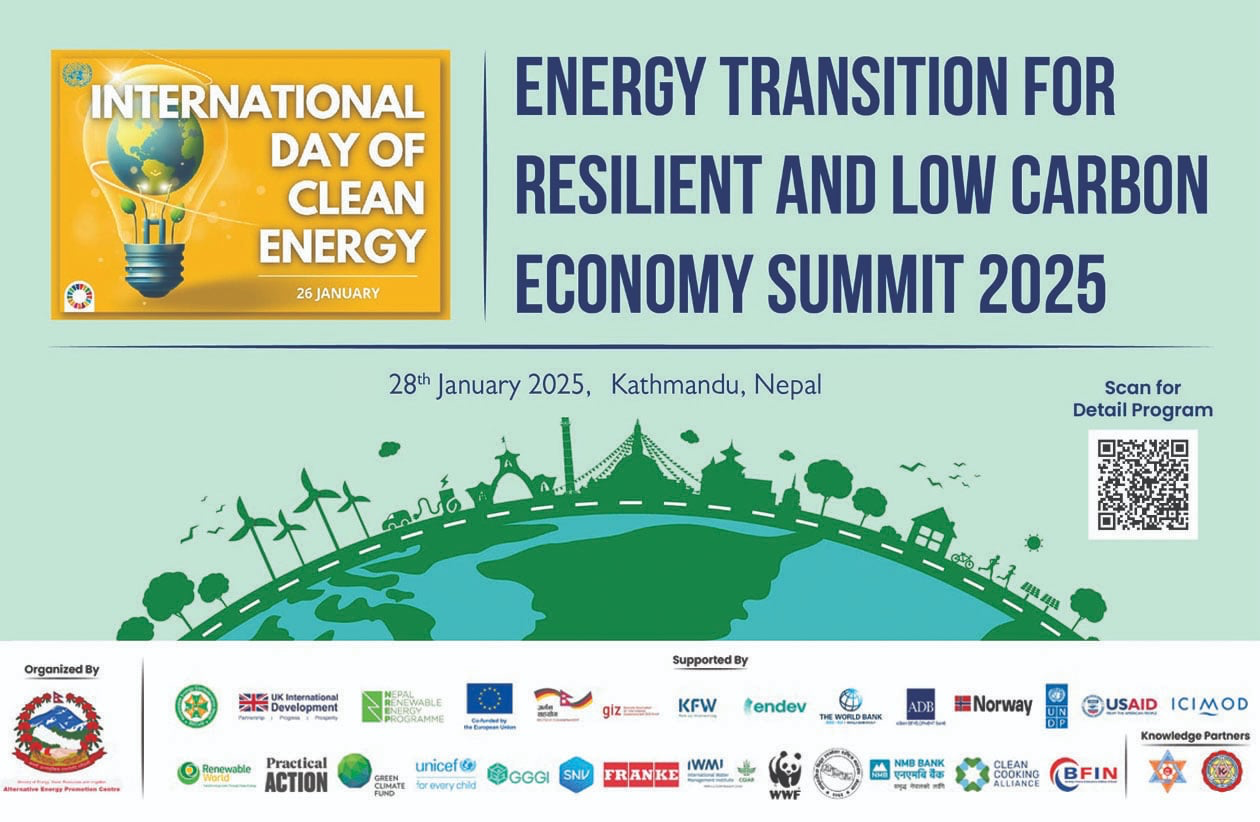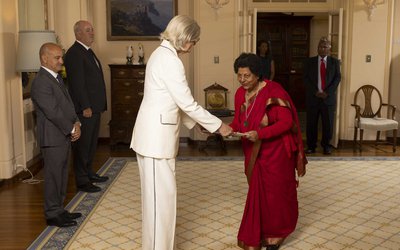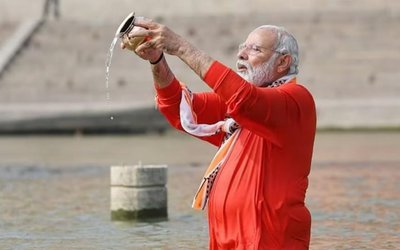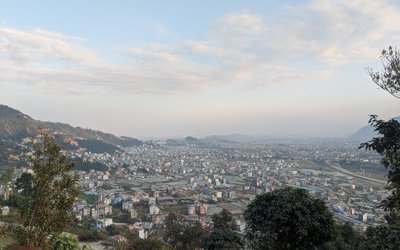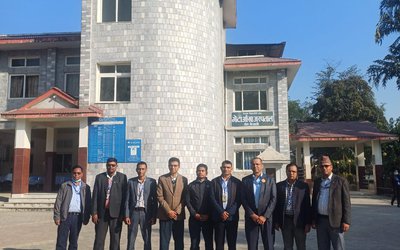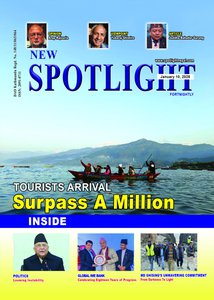
Prepared by a group of Korean architects under the leadership of professor Kwaak, Young Hoon, experts discussed on Master Plan for the Lumbini World Peace City Preservation and Development.
The total estimated cost of proposed project is US$ 762 million with the completion period of 15 years. “There need to have special laws for Lumbini PHD Commission,” said professor Kwaak, Young Hoon in his almost one hour presentation.
With support from Ministry of Culture, Tourism and Civil Aviation and Lumbini Development Fund, KOICA implemented the project. The Master Plan covers approximately 5X5 square miles of Lumbini Area.
The objectives of the master plan include to respect the outstanding universal value of Lumbini, conserver the cultural, historic and environment and cultural heritages in more proper way, to present Metaphysical Foundation Templates for the use in urban design of the Lumbini Viswa Shanti nagar and to create Lumbini as Buddhist teaching and learning city, world citizens living city, environmentally sustaining city and reflection and meditation city.
Other objectives are to improve the capacity of human resources in the field of urban development and planning in Nepal by sharing Korea’s experiences and knowledge in the field of urban development and planning through the successful implementation of the project.
Implemented through KWAAK E.S.P.R.I and closely worked with Lumbini Development Trust (LDT), KOICA spent about US$ 2 million for the project. During the period, KOICA’s expert team conducted several surveys, interactions with local people, concerned stake holders and made several presentations to incorporate their feedbacks while developing the Master Plan.
According to KOICA, it has also conducted mid-term reviews and inserted expert’s opinion in the final presentation of the Master Plan. “To enhance the capacity of officials involved in Lumbini, three different visits and trainings were organized by KOICA in Korea for the high level and mid-level officials of the Nepalese government.
In presence of Minister of Culture, Tourism and Civil Aviation, Bhim Acharya, chief secretary Leelamani Paudyal, secretary of Culture, Tourism and Civil Aviation Sushil Ghimire. Korean Ambassador to Nepal Choe Young-jin and Buddhist scholars, Korean International Cooperation Agency (KOICA) held a final presentation on Master Plan for Luminbini World Peace City.
“The government will seriously consider to implement the master plan prepared by KOICA’s team, “said minister of Culture, Tourism and Civil Aviation Bhim Acharya.
Addressing the program Korean ambassador to Nepal Choe Young-jin said Lumbini is most important sites for Buddhist followers around the world. He expressed the hope that the new master plan will help Nepal to develop Lumbini in proper ways.
Summing up the program, secretary of Ministry of Culture, Tourism and Civil Aviation Sushil Ghimire said that the new master plan prepared by the KOICA’s team will help to develop Lumbini.
According a press release issued by KOICA, Korean government and Nepalese government exchanged the MOU for the project Master the Lumbini in January 2012.
The first master plan was prepared in 1978. Backed by the UN and designed by world-renowned Japanese architect Kenzo Tange, it provided the outline for preserving the ancient ruins as well as turning an inaccessible, barren site into one that would appeal to pilgrims and tourists alike.
In the process of preparing the master plan, KOICA’s new master plan is the second one prepared through extensive work.
- KOICA SUPPORT: Migrant To Future Innovators
- Feb 21, 2025
- EXPORT IMPORT: Garlic Import Surge
- Feb 21, 2025
- VIST OF THE DUKE AND DUCHESS OF EDINBURGH TO NEPAL: Celebrating The Historical Ties Between The Two Nations
- Feb 11, 2025
- ADB’S SUPPORT: Protection Of Vulture
- Feb 11, 2025
- COMMEMORATION Of THE HOLOCAUST: Honoring The Victims
- Feb 11, 2025
